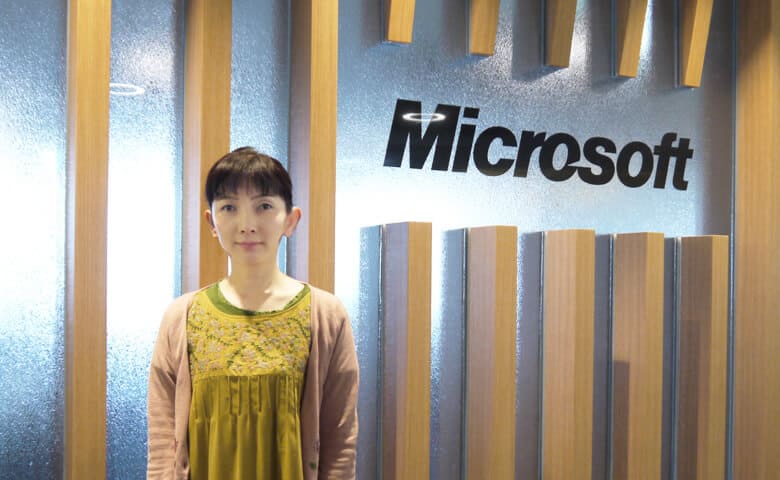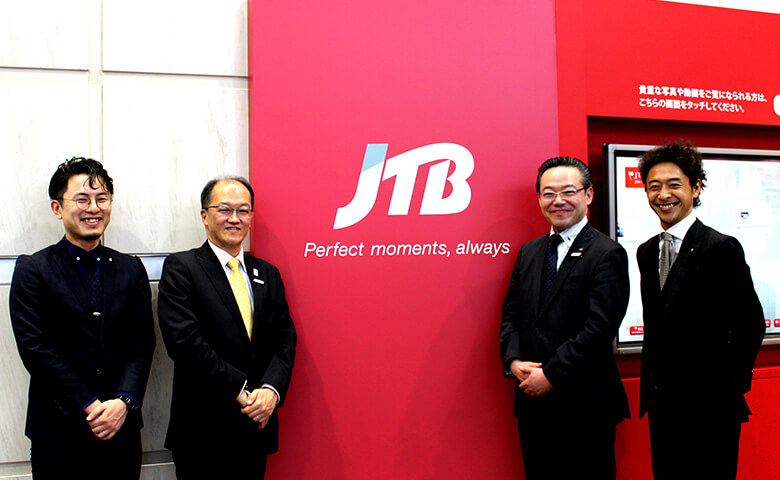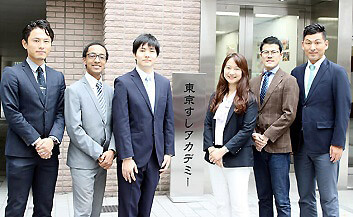
Info Cubic was the only one with the means to provide us with an original idea and proposal that took into account the cultural background and competitor conditions of each country.
Microsoft Development
Summary

Background
Our company had decided to apply global guidelines to the interface of our portal site, MSN. However, proper localization was required, as by applying these guidelines directly to Asia-based sites, we risked committing cultural faux pas.

Strategy
This was why we approached Info Cubic Japan for their website-building know-how and multicultural staff, to gather information and come up with a proposal. In addition to mock-ups that reflected the cultural and traditional customs of each country, the company also conducted a survey on competing sites in each country.

Results
We were able to find out about the conditions in each country based on the mockups by native designers and the information obtained from the survey of competing sites. With that, we were then able to smoothly gather opinions in-house, successfully formulating guidelines for use in Asia. We plan to operate based on these guidelines even in the future.
Interview
Please tell us what the purpose of renewing MSN this time was.
MSN has sites in North America, South America, Europe and Asia respectively, where we disseminate news and content.
We started migrating these sites to a common platform and unifying brands with the goal of streamlining the development process.
Consider the case where one might want to use functions developed for the Japan site later on the UK site.
In order to deal with such cases, when creating the user interface we have to keep in mind that the site for each country would have to be deployed in the language of that country. Along with the renewal, both the logo and UI have also been redesigned.

User Experience Lead - Fumiko Ogawa
Please tell us why the "Global Site Guideline Creation" was necessary.
While it is important to unify rules, it is also equally important for us who work on the user interface to respect the cultural differences and customs of each country that may have a different meaning to us. There are many factors such as infrastructural issues, that prevent us from using a single interface for every country.
In fact, the head of each country reviewed the prototype of the global site guidelines, and we received feedback from the majority that it could not be used as it is. This is especially true for Asian countries that use double-byte languages, as specifications such as line and character spacing and characters per line differ from country to country.
Hence, we decided to start a separate project to develop guidelines for Asian countries that use double-byte languages.
Why did you choose Info Cubic as your partner?
We did check with 2 or 3 other companies that we have had past dealings with. However, they replied that while they might be able to handle site localization and translation of the guidelines, they might not be able to produce original ideas for a proposal that considers the cultural background and competitive environments of each country.
Furthermore, language poses a challenge. Mandarin Chinese alone has two variants - Simplified and Traditional. In addition to Korean and Thai, this makes 4 languages. For this reason, even major production companies undertaking such a project will have to outsource part of the work.
After talking to a few other production companies that we have not worked with before, we decided to go with Info Cubic, as they seemed to be the most reliable option.
What exactly was Info Cubic hired to do?
We requested Info Cubic to produce multiple mock-ups for each language and each country.

Since it was impossible to obtain feedback from each country without a concrete visual sample of the items in each guideline, we had local people onsite choose from multiple patterns, and then proceeded to refine the guidelines based on their feedback.
Instead of having the guideline specifications to be delivered as one volume, we requested the opinions of each country to be organized into points.
We also requested Info Cubic to survey the performance of competing sites in each country.
Please tell us what you found useful from the results that Info Cubic delivered.
Headquarters requested a quick investigation on the performance of competing sites in each country, and the native designers presented us with helpful points that could only come from a native user's perspective.
For example, Chinese portals often have 2 rows of navigation at the top of the page, which though unique compared to other markets, is a feature that shows up on competing sites as well, hence we can assume that this is normal for Chinese users.
The opinion of local staff, which has been vague hitherto, was confirmed by Info Cubic's competitor survey. This enabled discussions with the head office to proceed smoothly.
Please tell us what you liked about Info Cubic.
I liked that at the early stages of consultation, Info Cubic was very receptive and listened carefully to us regarding details such as what we wanted to do and to what extent. They undersood from the start that what we wanted was not just a Chinese translation or a design. Other production companies did not manage to comprehend that, and immediately offered us pages and pages of formulaic quotes. Conversely, that actually made us feel uneasy (laughs).
Even after we began work, they continued to interact with us sincerely and courteously. Rather than unilaterally pushing for things to be done their way, they offered suggestions tailored to our needs, enabling the project to progress smoothly.
I also appreciate that they were able to respond flexibly when the scope of the project had to be changed multiple times.
What do you expect from Info Cubic in the future?
We may be capable of producing a good design in Japanese, but we may not be able to produce something with similar standards in Thai, Chinese or Korean.
We are heartened to know that there is a company that can understand 4 Asian languages and is able to propose the best specifications to suit our needs. This is probably not something that most other companies can do.
Moving forward, it is likely that there will be cases in the future again where we will have to assume that a feature that we are creating will have to be deployed in all languages. When that time comes, we look forward to working with Info Cubic again.





